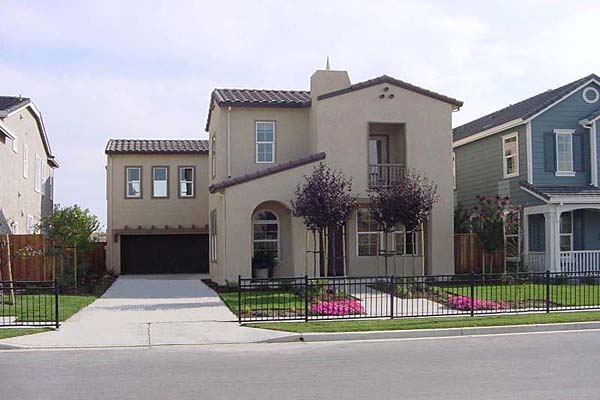REDEVELOP
Revitalizing Spaces: Understanding the Redevelopment Process in Real Estate
In the realm of real estate, the process of redevelopment plays a pivotal role in transforming and revitalizing spaces, paving the way for the demolition of existing structures and the construction of new improvements. This dynamic process often leads to the creation of new developments that differ in type and purpose from their predecessors, reshaping the landscape and functionality of the built environment.
Embracing Change:
The Essence of Redevelopment
Adaptive Transformation
Redevelopment embodies the spirit of adaptive transformation, breathing new life into underutilized or outdated properties by reimagining their potential and purpose.
Urban Renewal
In urban settings, redevelopment serves as a catalyst for urban renewal, fostering the evolution of neighborhoods and districts to meet the changing needs and aspirations of communities.
Economic and Social Impact
The process of redevelopment can have far-reaching economic and social impacts, stimulating investment, job creation, and community development while enhancing the overall quality of life.
Key Components of the Redevelopment Process
Key Components of the Redevelopment Process
Site Assessment and Planning
Before embarking on redevelopment, comprehensive site assessments and meticulous planning are essential to determine the feasibility, environmental impact, and regulatory considerations associated with the proposed changes.
Demolition and Clearance
The removal of existing structures marks a critical phase in the redevelopment process, making way for the implementation of new designs and construction plans.
Construction of New Improvements
Redevelopment culminates in the construction of fresh, innovative improvements that align with the evolving needs of the community and the broader real estate market.
Balancing Tradition and Innovation
Preserving Heritage
In certain instances, redevelopment endeavors to strike a delicate balance between preservation and progress, respecting the heritage and historical significance of existing structures while integrating modern elements.
Fostering Innovation
While honoring the past, redevelopment also embraces innovation, introducing cutting-edge design, sustainable technologies, and functional concepts to enhance the fabric of built environments.
Regulatory Considerations and Community Engagement
Compliance and Zoning
Navigating regulatory frameworks, zoning ordinances, and land use regulations forms a critical aspect of the redevelopment process, requiring adherence to legal parameters and obtaining necessary approvals.
Community Collaboration
Effective redevelopment often involves engaging with local stakeholders, soliciting input from residents, and fostering transparent communication to ensure that proposed changes align with the needs and aspirations of the community.
Conclusion:
Transforming Spaces, Enriching Communities
The process of redevelopment stands as a testament to the dynamic nature of real estate, embodying the potential to breathe new vitality into existing spaces and shape the future of communities. Whether through the revitalization of urban districts, the adaptive reuse of heritage sites, or the creation of innovative mixed-use developments, redevelopment underscores the capacity to reimagine and redefine the built environment in ways that resonate with the evolving needs and aspirations of society.
MORE REAL ESTATE TERMS
A, B, C, D, E, F, G, H, I, J, K, L, M, N, O, P, Q, R, S, T, U, V, W, X, Y, Z
Featured New Home

Featured Mortgage Brokers
- ADVISORS MORTGAGE GROUP LLC, TURNERSVILLE, NJ
4991 BLACK HORSE PIKE
TURNERSVILLE, NJ 8012 - RESIDENTIAL HOME FUNDING CORPORATION, BLUE BELL, PA
1787 SENTRY PKWY W BLDG 18-130
BLUE BELL, PA 19422 - OPEN MORTGAGE LLC, CORONA, CA
1840 ROCKCREST DR
CORONA, CA 92880 - PRIMARY RESIDENTIAL MORTGAGE INC, MIAMI, FL
7300 N KENDALL DR STE 340
MIAMI, FL 33156 - EQUITY LOANS LLC, NEW CITY, NY
216 CONGERS RD STE 3A
NEW CITY, NY 10956